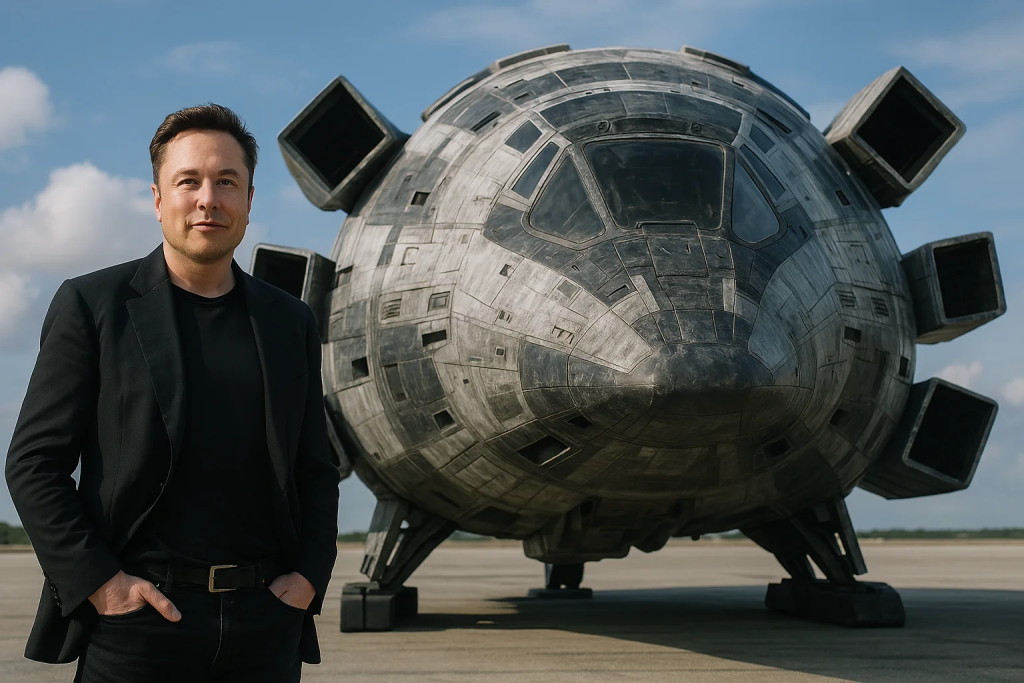
In a groundbreaking announcement, Elon Musk, the visionary CEO of SpaceX, has revealed the successful development of a revolutionary new spacecraft designed to transport humans to Mars. Priced at an astronomical $1 trillion, this cutting-edge ship will be the first of its kind, capable of making interplanetary travel a reality.Musk has long been committed to making life multi-planetary, and this new spacecraft is a giant leap toward that ambitious goal. The spacecraft, known as the “Red Horizon,” is scheduled to make its historic landing on Mars by the end of 2026, marking a new chapter in human space exploration.The “Red Horizon” spacecraft represents the pinnacle of Elon Musk’s long-held dreams of reaching Mars and creating a permanent human presence on the Red Planet. SpaceX has been at the forefront of space technology, with Musk’s vision guiding the company’s development of reusable rockets, autonomous spacecraft, and advanced life support systems.The new spaceship is set to redefine what’s possible in interplanetary exploration, incorporating the latest advancements in technology, engineering, and sustainability.At an estimated cost of $1 trillion, the “Red Horizon” is not just another spacecraft; it is a marvel of engineering and an icon of Musk’s ambition. Designed to carry a crew of up to 100 astronauts, the ship is equipped with state-of-the-art systems that will make long-duration space travel more feasible than ever before.Unlike previous missions to space, this spacecraft is designed to support human life for extended periods, making it the ideal vehicle for future Mars colonization.The “Red Horizon” incorporates several revolutionary technologies that set it apart from anything seen before. The most notable feature is its propulsion system, which uses a combination of advanced ion engines and Musk’s own innovations in fusion-powered energy, providing incredible efficiency for interplanetary travel.This propulsion system not only makes the journey to Mars faster but also more sustainable, reducing the environmental impact of space travel.
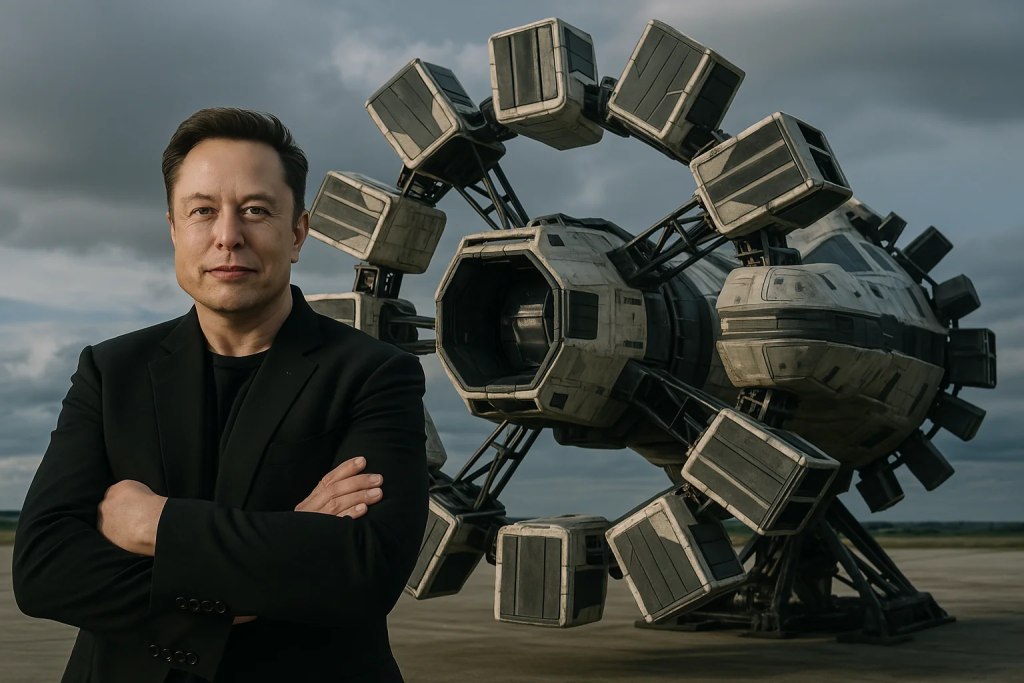
The spacecraft is built using lightweight yet incredibly durable materials, including graphene and other space-grade alloys, allowing it to withstand the harsh conditions of deep space.Its design is optimized for long-term use, with sections of the ship modularly designed to ensure flexibility during the journey. Each module is self-sustaining, capable of providing food, water, and power for the crew throughout the mission.The life support systems on the “Red Horizon” are equally advanced, featuring technologies that allow astronauts to recycle air, water, and waste, ensuring that they can live and work in space for extended periods.Musk’s vision for Mars has always centered around sustainability, and this spacecraft reflects that commitment by being as self-sufficient as possible. In addition, the ship will feature artificial gravity, a groundbreaking technology that helps mitigate the harmful effects of weightlessness on the human body during long-duration space travel.Musk has always maintained that the key to humanity’s future lies in establishing a permanent presence on Mars, and the “Red Horizon” spacecraft is a crucial part of that plan.After successfully completing its journey to Mars, the spacecraft will land on the planet by the end of 2026. Musk has set an ambitious timeline for the mission, with the goal of having the first human settlement on Mars by the late 2030s.The spacecraft will carry out a series of missions, including the delivery of equipment and supplies, before the first humans set foot on Mars. The first landing will be a monumental achievement, not only for SpaceX but for humanity as a whole.It marks the beginning of a new era in space exploration, one where interplanetary travel is no longer just a dream, but a reality.The “Red Horizon” will land near Mars’ northern polar region, where it will establish the first base of operations for astronauts. This area has been selected because of its potential for water ice reserves, a crucial resource for future Mars missions.Once the first astronauts have arrived, they will begin the process of building a permanent base, laying the groundwork for a sustainable human presence on Mars.
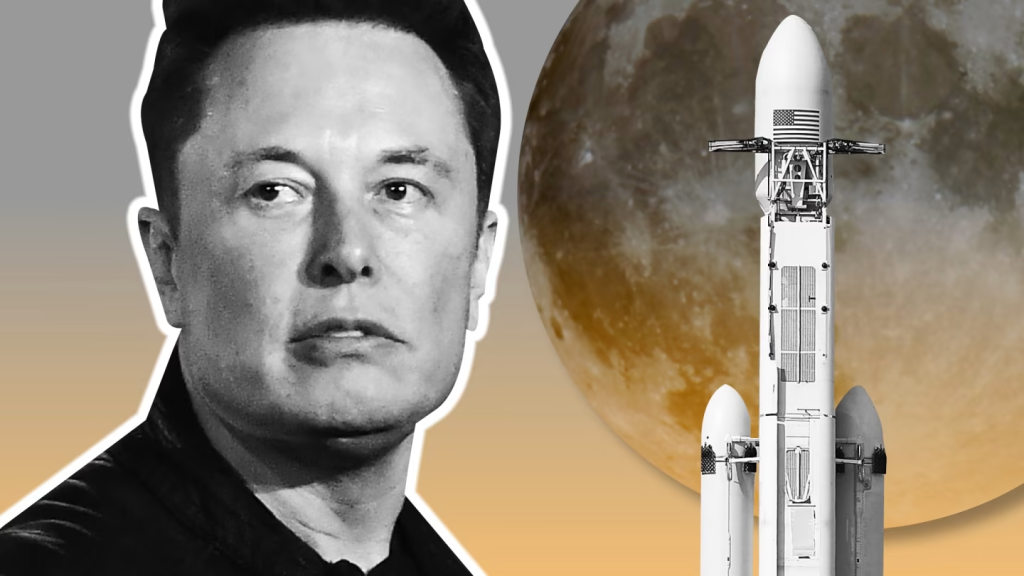
At $1 trillion, the “Red Horizon” spacecraft is one of the most expensive projects in history, but Musk has made it clear that this investment is essential for the future of humanity.The cost reflects not only the advanced technology and materials required to build the spacecraft but also the enormous costs of sustaining a human mission to Mars. Musk believes that the long-term benefits of having a multi-planetary civilization far outweigh the initial expense.The spacecraft’s design and the Mars mission are being funded primarily through a combination of SpaceX’s revenue from satellite launches, government contracts, and private investments. Musk has stated that while the price tag may seem staggering, the mission is a necessary step in ensuring the survival of the human race.By making space travel more feasible and sustainable, Musk hopes to open the door for future generations to explore other planets and potentially create new homes for humanity.While SpaceX is the primary driver behind the “Red Horizon” project, NASA and other international space agencies have been instrumental in supporting the mission. NASA has long recognized Musk’s ability to innovate and his dedication to space exploration, and the agency has partnered with SpaceX on several key aspects of the mission.NASA has provided valuable scientific data and technology to help ensure the spacecraft’s success, including expertise in planetary science and Mars exploration.In addition, other countries and private companies have expressed interest in collaborating on the mission. SpaceX has already begun discussions with international partners about providing support for the Mars landing and the subsequent colonization efforts.The mission to Mars is viewed as a global endeavor, with countries around the world coming together to explore new frontiers and push the boundaries of what’s possible in space exploration.The successful landing of the “Red Horizon” spacecraft on Mars is just the first step in Musk’s long-term vision for Mars colonization. In the coming years, SpaceX plans to launch additional missions to Mars, each building upon the success of the previous one.These missions will focus on establishing a self-sustaining colony on the planet, with the first human settlers arriving within the next decade.The ultimate goal is to create a thriving, multi-generational human presence on Mars. Musk has spoken extensively about his plans to create a city on Mars, one that is fully self-sufficient and capable of supporting a population of thousands of people.
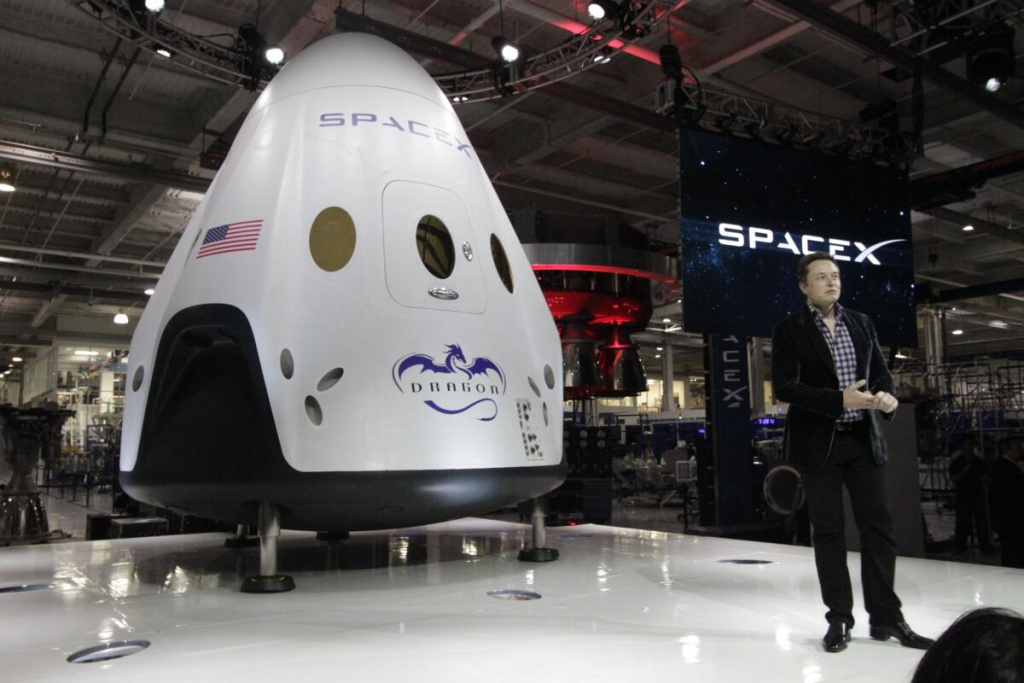
This vision includes developing the infrastructure needed for sustainable living, including habitats, power systems, and transportation networks.Musk has also been working on the development of technologies that will enable the terraforming of Mars, transforming the planet into a more hospitable environment for humans. This includes efforts to generate a breathable atmosphere and create liquid water, both of which are essential for long-term human habitation.The “Red Horizon” spacecraft is a testament to Elon Musk’s visionary leadership and his unwavering commitment to advancing space exploration. Throughout his career, Musk has consistently pushed the boundaries of what’s possible, and his work with SpaceX has transformed the aerospace industry.His efforts have made space travel more affordable, more efficient, and more sustainable, opening up new opportunities for exploration and discovery.Musk’s dream of making humanity a multi-planetary species is becoming a reality, and the success of the “Red Horizon” spacecraft is just the beginning. As we approach the 2026 Mars landing, we are entering a new era in space exploration, one where interplanetary travel and colonization are within reach.Musk’s legacy will be forever tied to these historic achievements, and future generations will undoubtedly look back on this time as the dawn of humanity’s journey to the stars.Elon Musk’s successful development of the $1 trillion “Red Horizon” spacecraft is a monumental achievement in the field of space exploration. With its revolutionary technology, cutting-edge design, and ambitious mission to land on Mars by 2026, the spacecraft is poised to change the course of human history.
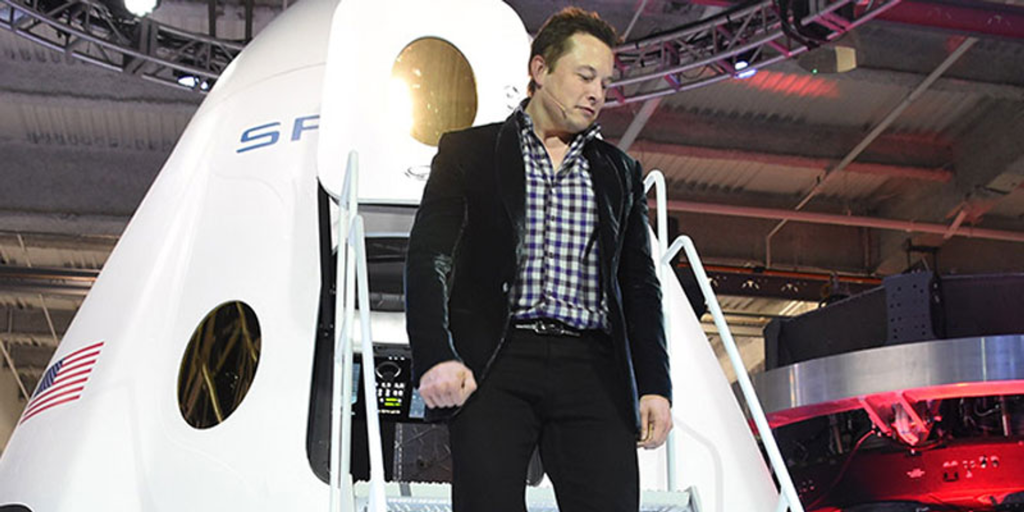
Musk’s vision for a multi-planetary future is rapidly becoming a reality, and the “Red Horizon” represents the first step toward the establishment of a permanent human presence on Mars. As we look to the future, the possibilities for space exploration are endless, and Musk’s work will undoubtedly pave the way for generations to come.


